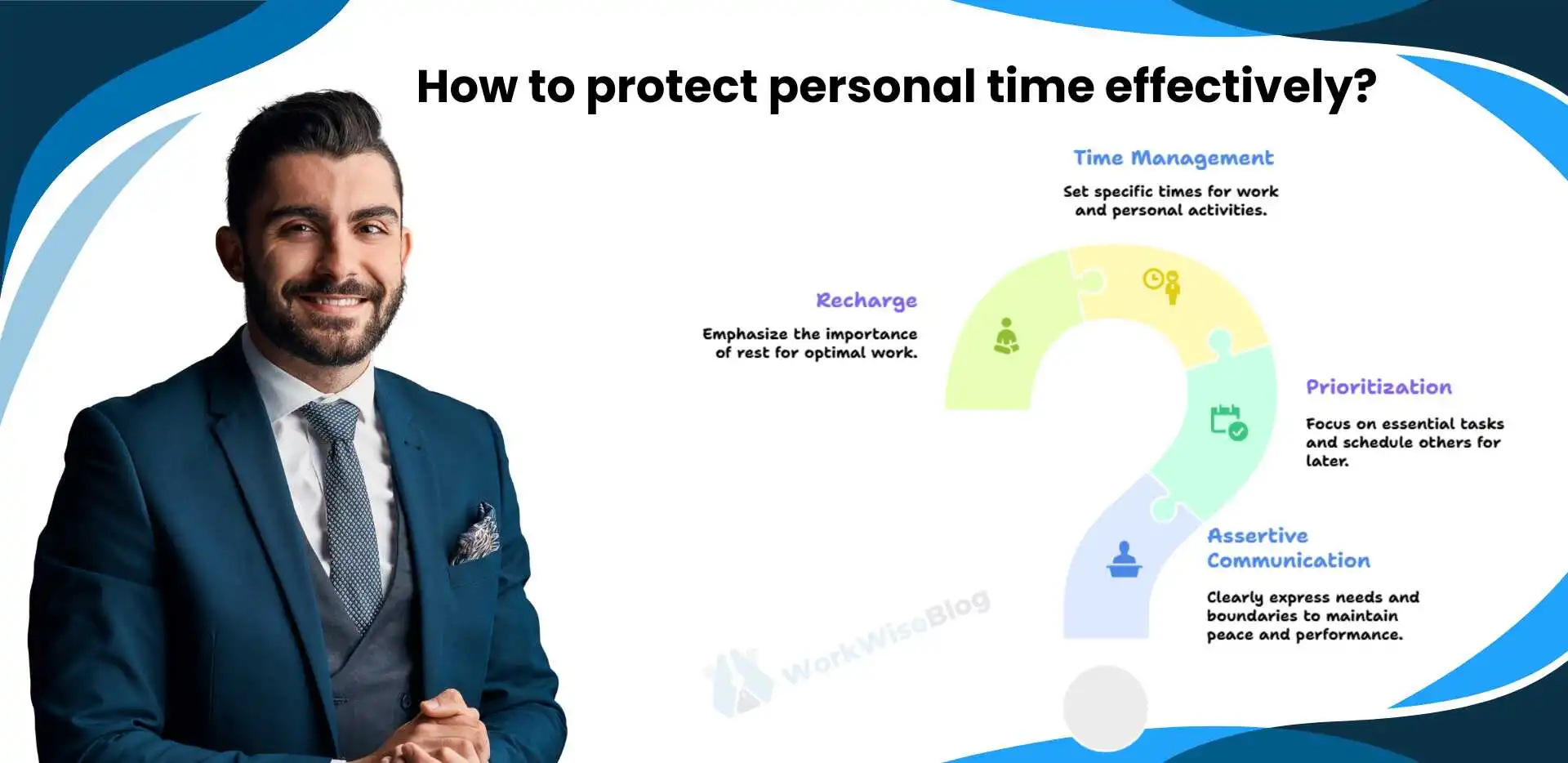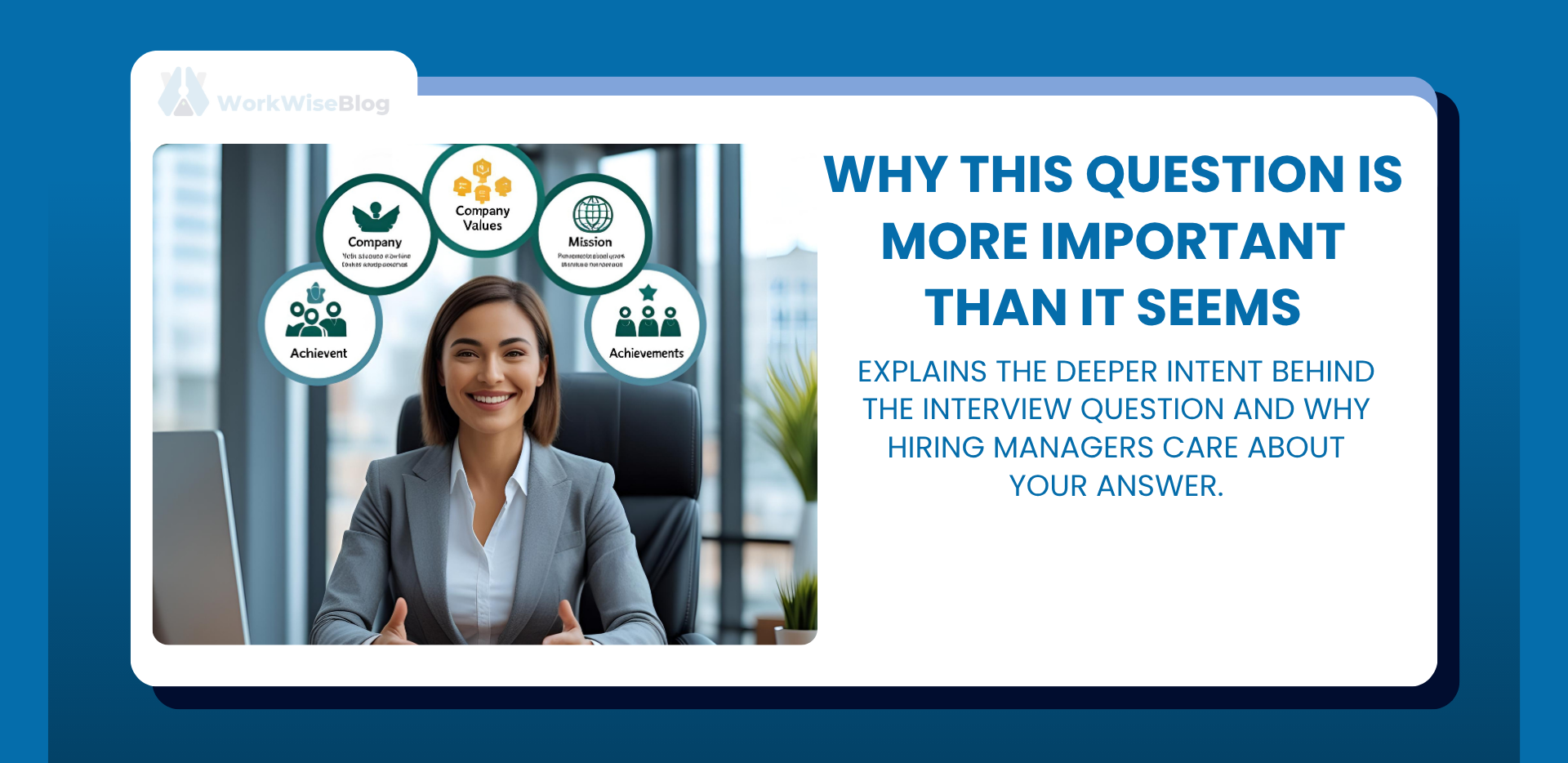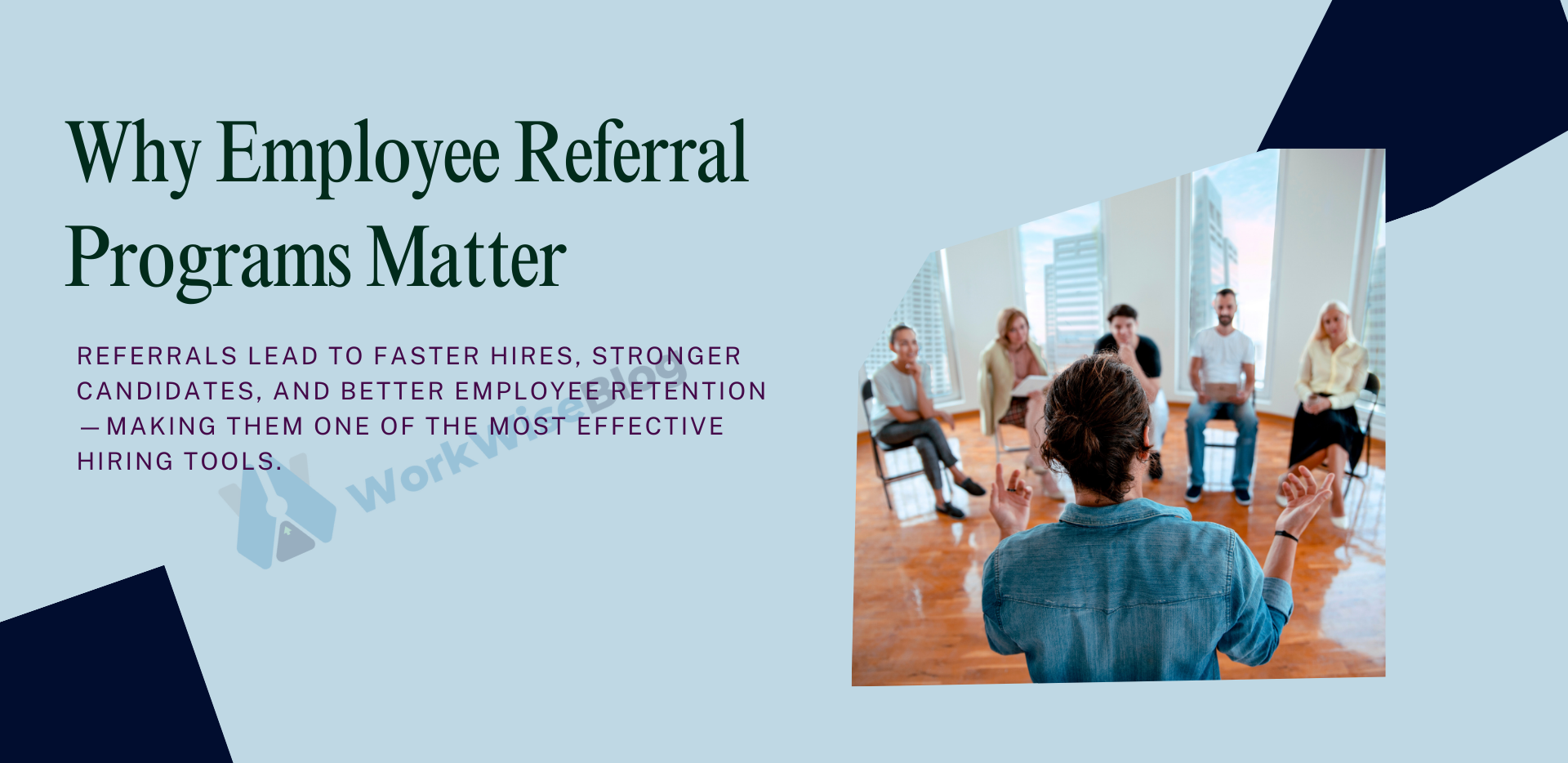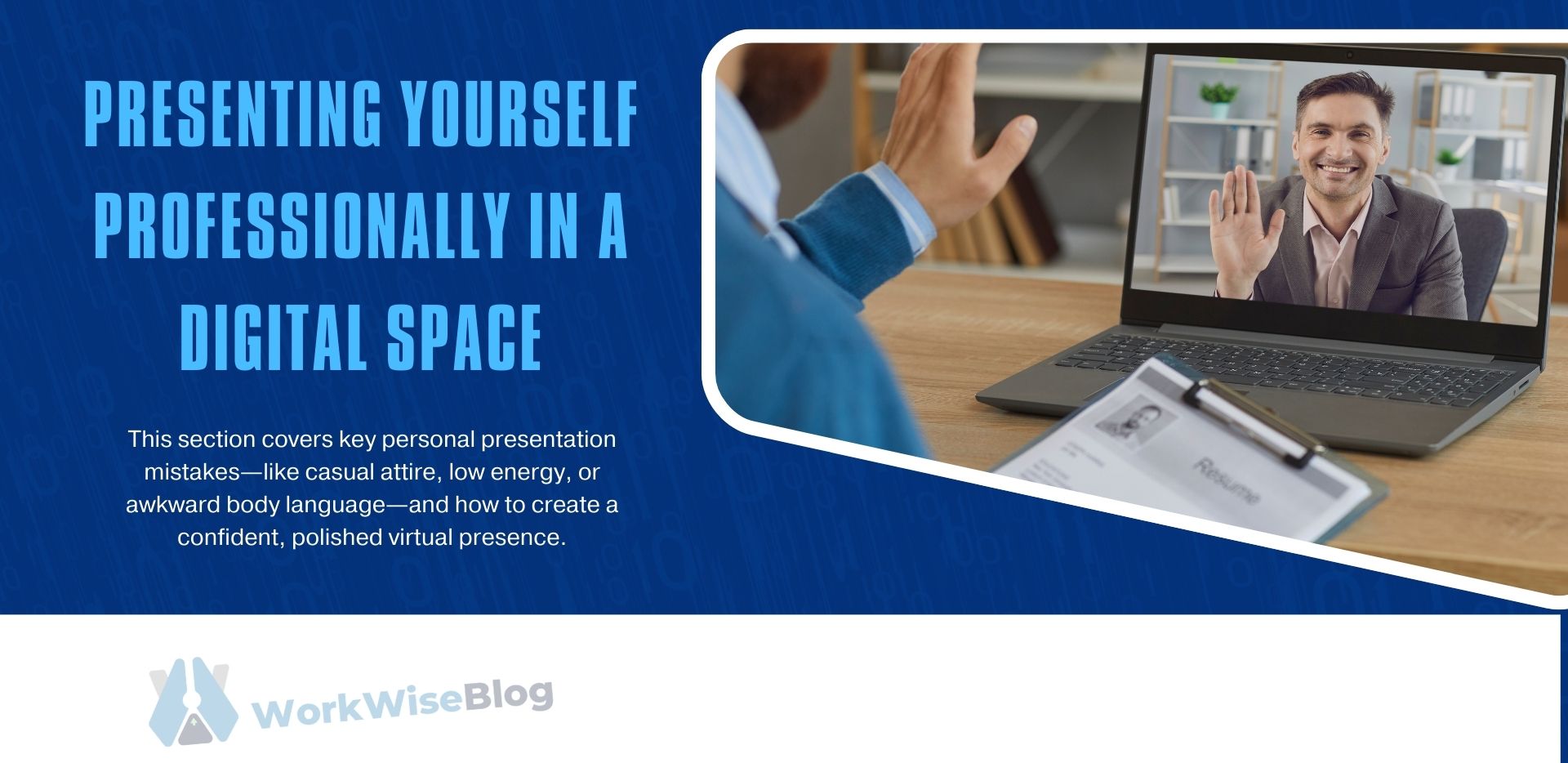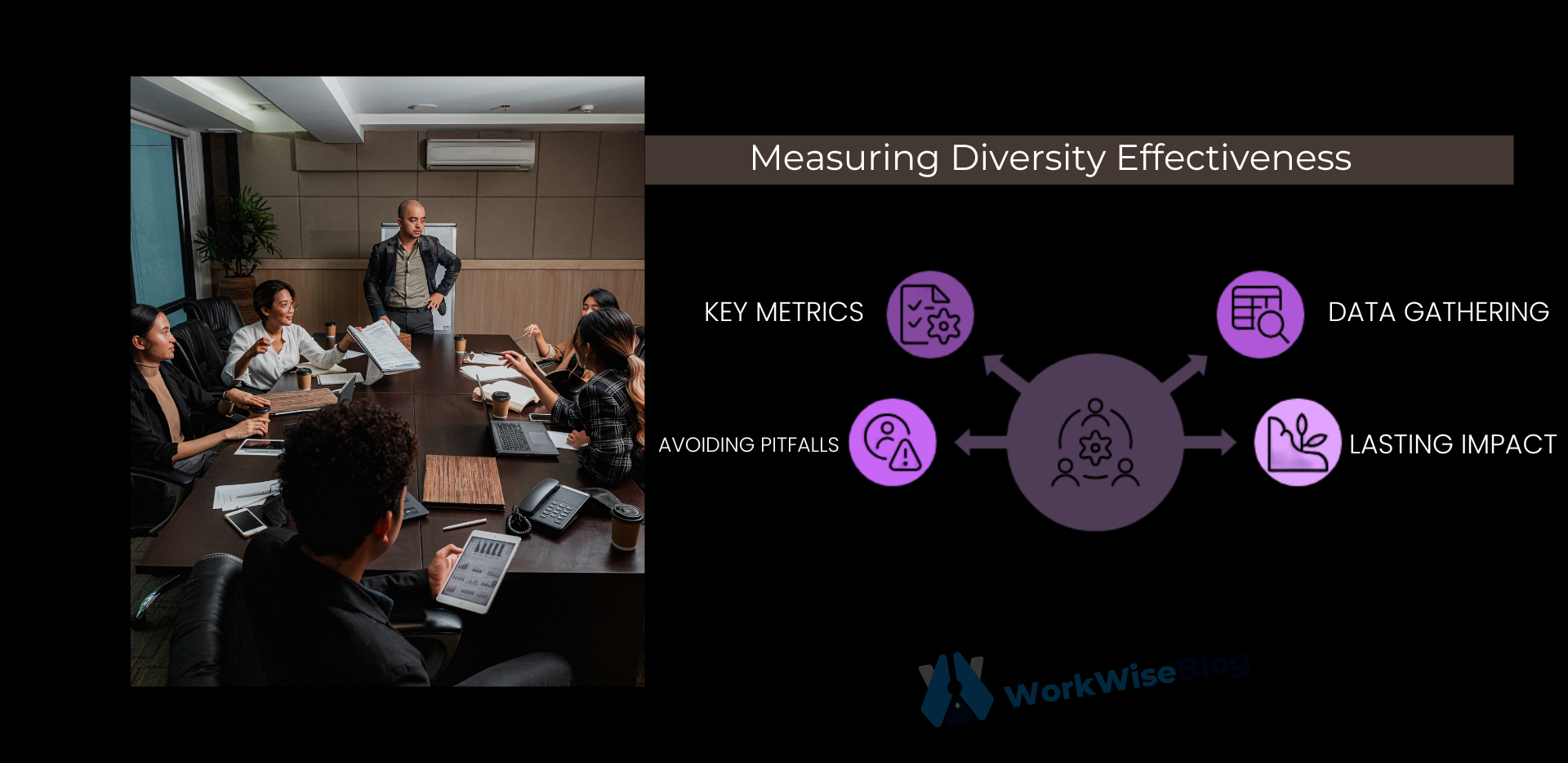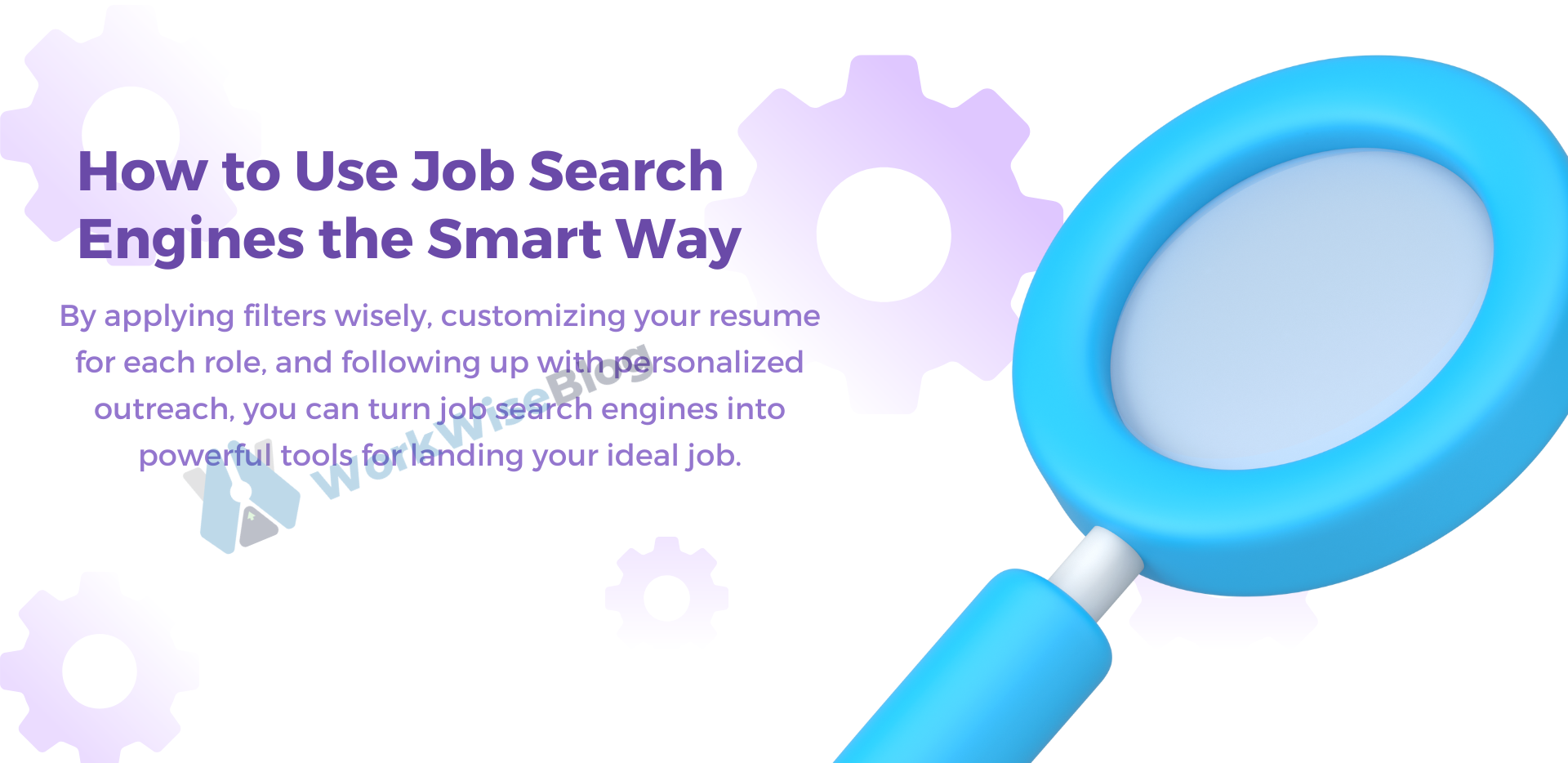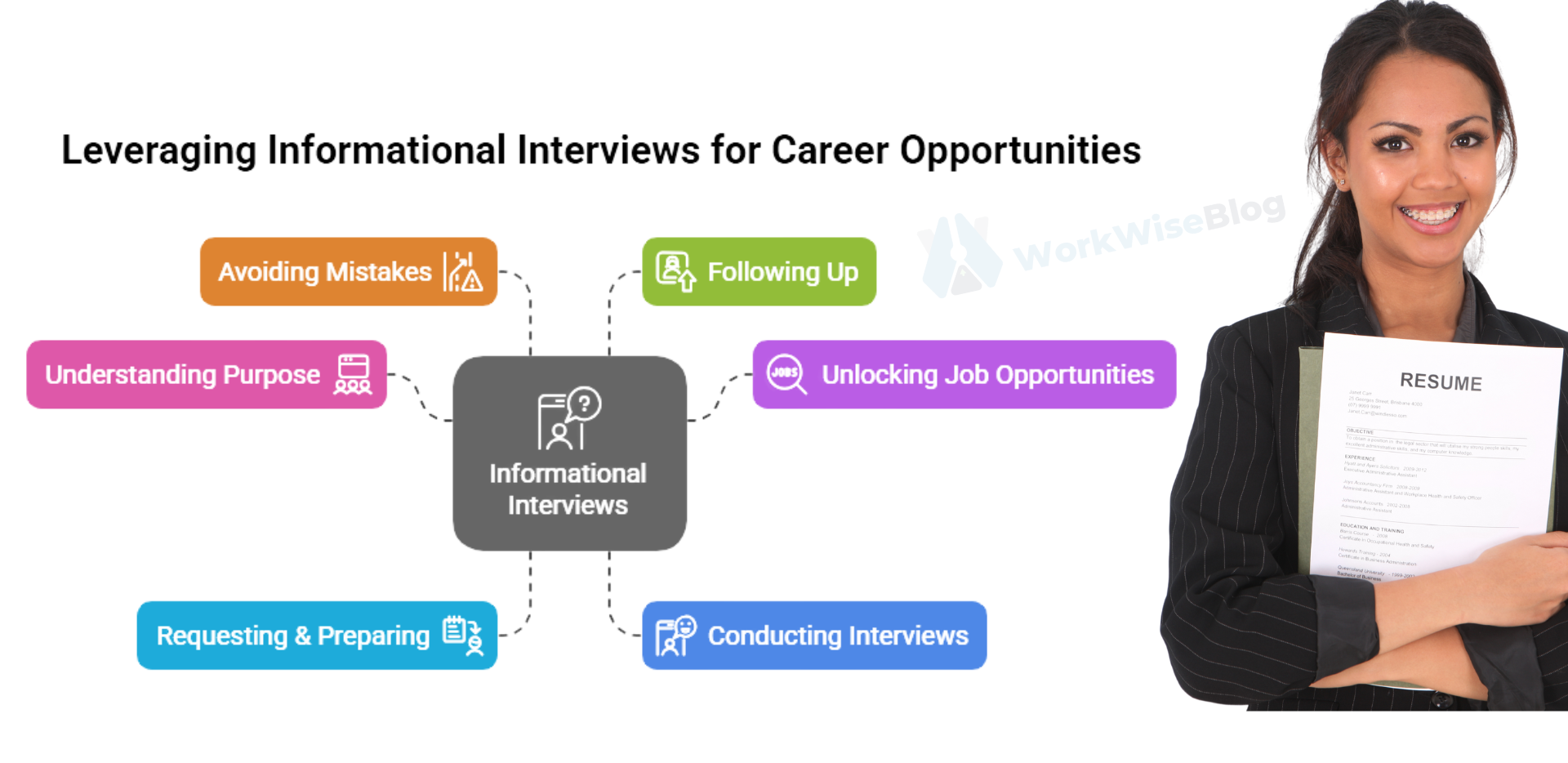
What Does an Inclusive Workplace Really Look Like?
An inclusive workspace is one where employees from all background —irrespective of their gender, race, ethnicity, age, disability, sexual orientation, or religion—are able to feel safe and welcome to bring their entire selves to the workplace.
Here’s what an actual inclusive workplace should be like:
- Equal opportunity for development in all groups.
- Fair treatment and equitable pay.
- Respectful dialogue and interactions.
- Representation at every level, including the leadership.
- A space in which different voices are heard and respected.
If your workplace is missing any of these factors, it’s time to find the gaps and work on bridging them.

Step 1: Determine Workplace Inclusivity Gaps
Before you are able to resolve any inclusivity challenges, you first need to know where your company is currently positioned. Knowing that involves information collection, employee listening, and really looking at what you’re doing and writing on paper versus in practice.
Here’s how to proceed:
1. Run an Inclusivity Audit
An inclusivity audit will enable you to evaluate how inclusive your workplace is in different spheres, including hiring practices, diversity in leadership, employee engagement, and policies.
Questions to Ask in Your Audit:
- Are leadership positions filled with all demographics?
- s there pay equality between men and women, as well as ethnic groups?
- Do employees have the freedom to voice their views without fear of retribution?
- Are there procedures for dealing with discrimination and prejudice?

2. Examine Employee Feedback
One of the most effective ways to know how employees perceive inclusivity is to simply ask them. Conduct anonymous surveys to get honest opinions.
Questions to Ask in the Survey:
- Do you feel valued and respected in the workplace?
- Do you think everyone is treated equally?
- Have you ever seen or experienced bias or discrimination in the workplace?
- Do you feel safe expressing your opinions to leadership?

3. Review Hiring and Promotion Data
Review your hiring and promotion practices to see if there are any patterns of bias.
Key Metrics to Monitor:
- Applicants’ diversity vs hires’ diversity.
- Leadership representation.
- Promotion rates by demographics.
If some groups are underrepresented or being promoted less often, it’s a clear indication of inclusivity gaps.
4. Review Workplace Policies
Take a closer look at your workplace policies to ensure they’re inclusive and supportive of all employees.
Policies to Review:
- Parental leave policies (Are they inclusive of all genders?)
- Flexible work arrangements (Are they accessible to everyone?)
- Anti-discrimination policies (Are they actively enforced?)
Step 2: Address Inclusivity Gaps
Once you’ve identified the gaps, it’s time to take actionable steps to create a more inclusive culture.
1. Create a Diverse Leadership Team
Inclusiveness begins at the top. Unless your leadership team is diverse, it sends out a message that only some select individuals are eligible to lead.
How to Fix It:
- Emphasize diversified recruitment practices when filling leadership roles.
- Offer mentorship programs through which employees of underrepresented communities can transition to leadership roles.
- Facilitate equal access to training and professional development opportunities.
2. Design Safe Spaces for Open Discussions
Workers must be able to talk about what happens to them and bring up issues without fear of retribution.
How to Fix It:
- Have regular feedback sessions where workers can express their opinions.
- Have anonymous reporting systems for reporting bias or discrimination.
- Promote different points of view in meetings and decision-making.
3. Implement Unconscious Bias Training
Even well-meaning employees can have unconscious biases that affect their interactions and decisions.
How to Fix It:
- Provide mandatory unconscious bias training for all employees, especially those in hiring and leadership roles.
- Focus on real-life scenarios to help employees recognize and address their biases.
4. Provide Pay Equity
Pay differentials are one of the key obstacles to inclusion. Employees ought to be equitably compensated for their work based on gender, race, or background.
How to Fix It:
- Carry out a pay audit to determine whether there are disparities.
- Modify salaries as needed to achieve pay equity.
- Make salary bands transparent in job ads.
5. Celebrate and Support Diversity
An authentically inclusive workplace doesn’t merely tolerate diversity—it celebrates it.
How to Fix It:
- Celebrate and recognize cultural holidays and events.
- Offer employee resource groups (ERGs) for various communities.
- Make your benefits inclusive (e.g., parental leave for both genders, mental health care, etc.).
How HR Analytics Can Help Identify Inclusivity Gaps
HR analytics software can assist you in monitoring diversity metrics and recognizing trends in hiring, promotions, and employee engagement.
- Representation by department.
- Demographic turnover.
- Demographic engagement scores.
- Data can assist HR leaders in making data-driven decisions for enhancing inclusivity.
Some Common Mistakes to Evade
Making Inclusivity a One-Time Project:
Inclusivity is a continuous process, not a single project.
Sticking Only to Policies:
Policies on paper are not enough. Inclusion must be put into practice.
Assuming Everyone Has the Same Experience:
Two workers working for the same employer may have vastly different experiences.
Final Thoughts: Inclusivity Requires Action, Not Just Intent
Making the workplace fully inclusive isn’t simply the smart thing to do—it’s an economic necessity. A culture of inclusion results in more engaged employees, improved rates of retention, and improved overall performance.
But inclusivity is not a to-do list—it’s a long-term commitment. Fill the gaps, hear your employees out, and act to build an environment in which all of them feel valued and included.
Ready to create a more inclusive culture? Begin by naming your gaps today and make intentional steps toward inclusivity.


